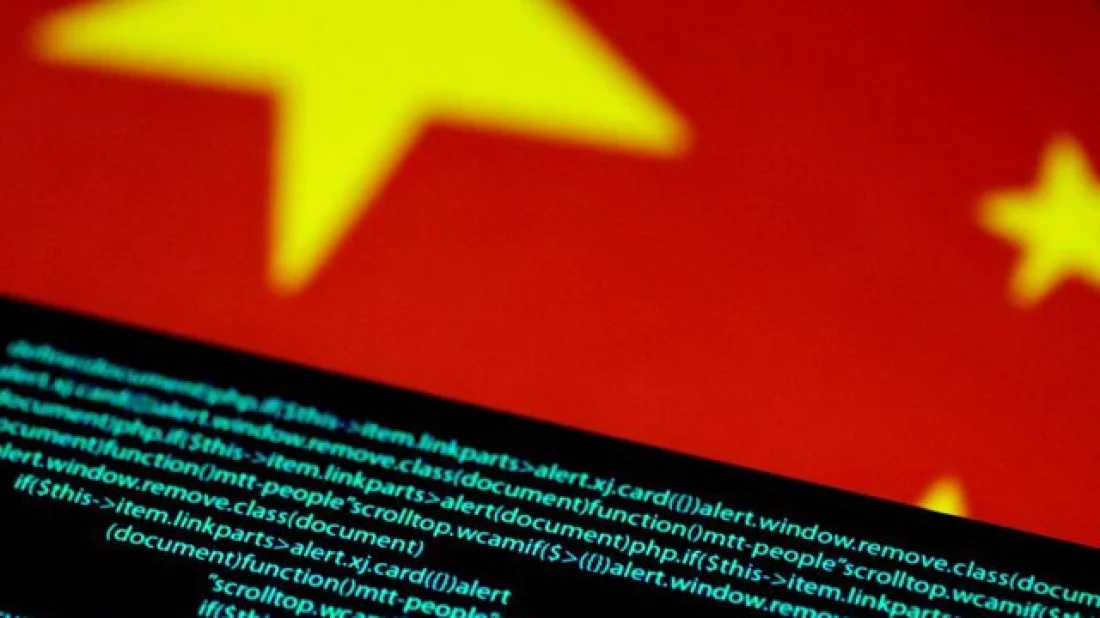China’s inner demons
Assessing the loose strings in Xi-Jinping’s China as they emerge as a world power
In the Southern part of the world, an emergent China is staking its claim to replace the suzerainty of the US and be the leader. Xi-Jinping's China appears to be different from the one that Mao Tse Tung had once dreamt of and later changed his mind due to the Korean War.
Conflicts with Taiwan
In March 2023, Cambridge University Press published “Mao Zedong and the Taiwan Strait Crises” which encapsulated the events of 2020: The world witnessed rising tensions in the Taiwan strait as China launched “gray-zone” warfare and sent warplanes across the median line. The US followed suit by dispatching Navy warships to pass through the Taiwan Strait. The media was flooded with concerns about another Taiwan Strait crisis. People wondered if the Xi Jinping administration would invade Taiwan, as well as how the US would respond as events unfolded.
Since his inauguration as President of the People’s Republic of China in 2013, Xi Jinping has incorporated many of Mao Zedong’s strategies into his own, often promoting himself as a great figure. For example, Xi created a “Little Red Book,” and made pilgrimages to Yan’an. The current circumstances have reminded us much of the Taiwan Strait crises of 1954-1955 and 1958, in which Mao played a dominant role. However, looking back at both cases, Mao never intended to invade Taiwan (Formosa) nor fight against the US, and both crises ended through diplomatic compromise instead of war.
In March 1949, Mao Tse Tung ordered his generals to add Taiwan to the list of strategic objectives to be captured. Previously, the strategy for 1949 had been to seek the “liberation” of nine provinces in China. After the dramatic series of battlefield victories, the list of provinces to seize by the end of the year was expanded to seventeen, including Taiwan. It would be good to remind leaders in Beijing of this fact and encourage them to look for peaceful solutions along those lines. Their current policies can only lead to conflict.
Push for anti-corruption
In January 2024 Xi- Jinping delivered an important speech to the Chinese Communist Party for resolutely winning the tough and protracted battle against corruption. He emphasized that in the new journey of anti-corruption, the CCP must continue to make efforts and advance, in depth, in eradicating the soil and conditions that cause corruption problems.
The general requirement would be to persist in promoting the policy of not being afraid of corruption, not being able to be corrupt, and not wanting to be corrupt; deepening the treatment of both symptoms and root causes, precise systematic treatment; constantly expanding the depth and breadth of the anti-corruption struggle, and taking multiple measures simultaneously to eliminate old recurring problems. And then gradually reduce it to make it difficult for new problems to spread, promote the normalization and long-term prevention and treatment of corruption-related issues.
Xi Jinping pointed out that it would be necessary to strengthen the party's centralized and unified leadership in the fight against corruption. CCP committees at all levels must effectively strengthen leadership over the entire process of the anti-corruption struggle, resolutely support the investigation and handling of corruption cases, and work hard to rectify problems.
Examples to follow
From reports by newspapers like The Guardian, it appears that Xi-Jinping’s crusade against corruption is bearing fruit. But then the roots of corruption are so deep it is difficult to forecast what the ultimate results will be. Carnegie Endowment for International Peace, for example. has reported that many seeking precedents for what might happen in China look to the Arab Spring movements or failed states elsewhere.
But more appropriate are the experiences of the very few, highly successful developing economies that formerly had autocratic political systems, such as South Korea and Taiwan. It’s worth noting that in both Taiwan and South Korea, political liberalization began around the same time in the late 1980s, and purchasing power adjusted per capita income level of around $13-15,000 and the same level of urbanization (70%), which triggered a sharp rise in the share of high-value services in the economy.
It is no coincidence that the emergence of a more knowledge-based economy generated the pressures for political liberalization. In these countries, the rise of a large and more sophisticated urban middle class made it more difficult for the state to handle social protests. Moreover, globally connected services and IT-related activities made it increasingly difficult to control the flow of information because it was not only part of the clamour for free expression but also a necessity for economic progress.
The process in China will not follow the norms of Western-type democratic movements and its system is not the same as that of its East Asian neighbours. Thus the transition process in China will be driven by internal Party structures and will have its unique China-specific characteristics.
Kazi Anwarul Masud has been in diplomatic service for more than three decades. He was an ambassador to several countries, and specializes in foreign affairs with particular reference to South and South East Asia. His interests include AUKUS and the Indo-Pacific Region.


No comments:
Post a Comment